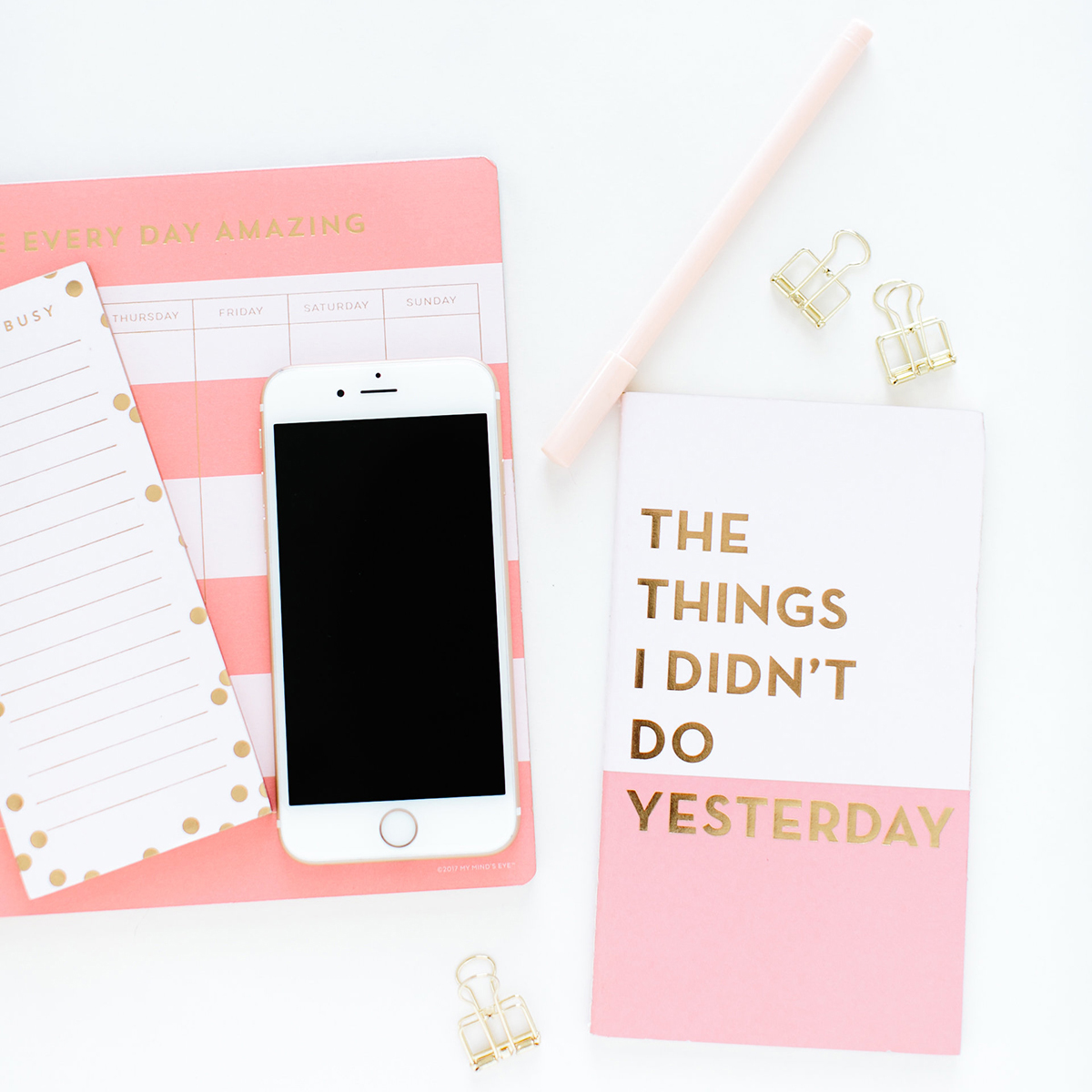It can be so exiting when a very important package arrives at your desk containing your first prototype! When you open the box and take out ‘your baby’, you’re thrilled, happy and proud of the result of hard work and putting all your energy in this new product.
But it can also be a big disappointment…….
Your prototype looks far from your amazing product concept drawing. The plastic or metal parts don’t have the right dimensions, the construction is weak and the graphics on your product are not positioned correctly. The electronics do not function properly, and the colors are totally off the color scheme.
If you’re in the cosmetic industry you may have experienced that your product smells bad and the composition doesn’t feel nice. The cream feels too solid or too light, the products look weird, and the sample is not even a little bit close to what you had in mind.
It’s a flop.
You wonder, where did it go wrong? Often the cause lies in the translation from product concept into the prototype specification. Your supplier or your factory need to translate your concept drawing and product description into specifications to make a prototype. A lot of details are involved here. Details you probably don’t think about in the first development stage of your project.
If there is information missing in the product concept description, and people start to make their own assumptions to make the prototype, it will not be according to your requirements, and you’ll be disappointed when you see the first prototype.
Now, there are ways to avoid this unclarity and disappointment around prototyping.
I have 5 proven steps you can take to move successfully from product concept to prototype.
Step 1: Create an excellent product concept briefing
In your product concept briefing you need to explain the features and benefits of your product.
Add your product values as well. For example: robust, reliable, high quality, soft material, child friendly, bright colors, clear graphics, round shaped, heavy quality feel, light as a feather, rich feeling, easy apply to skin, non-greasy.
Describe the elements of your product, like buttons, display, LED, rotary wheels, wiring, antenna, knobs, screws, loudspeaker, microphone, etcetera, colors, ingredients, texture.
Explain the functions of these elements and get into details of the experience your customers should feel when they use your product.
Indicate the colors of the housing, the graphics, the color of the LED’s if your product has lights. For example, mention ‘ON/OFF LED flashing red when not connected’, or ‘solid green when ON’.
Add your product graphics as well in the product concept briefing.
Step 2: Create a product concept drawing
A picture can say more than a thousand words.
That’s exactly why you need to show your great idea in the form of a picture as well.
Lots of people have a visual focus and grab the content better when they can see what you mean instead of only hearing you explain it.
That’s why it is so important to put pen to paper and create a drawing of your product concept.
You can sketch the shape of your product and define the shape of your product: does it have round shapes, or is it square? Is it bulky and fat or slim? Does it need to be ergonomically?
Should it be hand-held or does it stand or lay on a table.
What size does it approximately have?
Add elements to your product like buttons, display, LED, rotary wheels, wiring, antenna, knobs, screws, loudspeaker, microphone, etcetera.
Write down the functions of these elements around the drawing.
Indicate your product colors: colors of the housing, the graphics, the color of the LED’s if your product has lights. For example, mention ‘ON/OFF LED flashing red when not connected’, or ‘solid green when ON’.
Add your product graphics to the drawing as well.
I’ve written an elaborate blog article on how to create an impressive product concept drawing of your product. Visit my blog if you like to learn more about this.
Step 3: Write your Product Functional Specifications
By writing down the functional specifications of your product, your supplier can give a more accurate cost price quotation and development fee. Functional specification are technical oriented parameters and requirements that have effect on the appearance and quality performance of your product. You need to be as complete as you can be.
Step 4: Schedule a meeting with your supplier to go through the product concept briefing in detail before he starts creating the prototype.
Ask your supplier to invite his technical responsible or engineer as well to this meeting. Your goal is to go through all the topics in your product concept briefing. You want your supplier to be able to exactly understand what you mean.
When the right persons are present in this meeting, you can tick off every question or unclarity around your new product.
Make sure you also have the right people present in this meeting.
Step 5: Arrange in-between meetings while your prototype is being build.
To avoid disappoint, high shipment costs and loss of precious time, make sure to schedule two meetings during the prototype-built phase. One meeting halfway and one just before they finish.
This allows you to pro-actively steer your supplier in the right direction and take corrective action in case the prototype is not completely according to your concept briefing.
This saves you time and transportation costs if the prototype needs to be sent back for adjustments or created from scratch again.
Here you have it! 5 tips to move successfully from product concept into prototype.

+ show Comments
- Hide Comments
add a comment